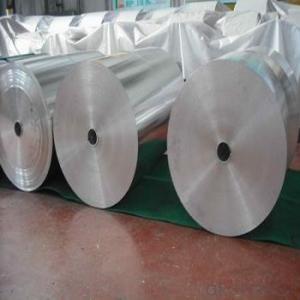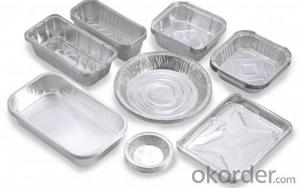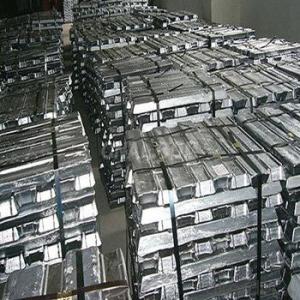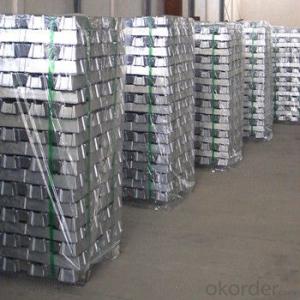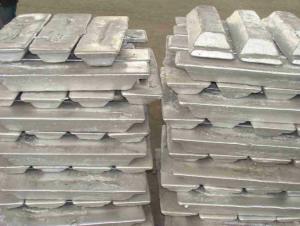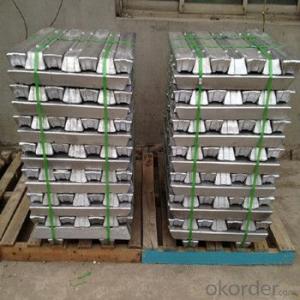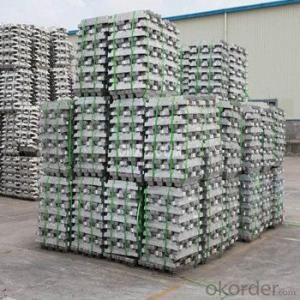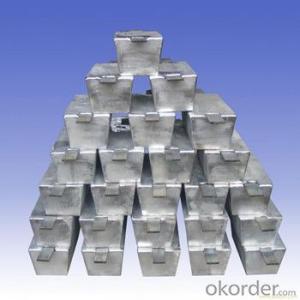Choice Aluminum Foil
Choice Aluminum Foil Related Searches
Led Light Bulbs For Ceiling Fixtures Led Lamps For Ceiling 42 In Ceiling Fan With Light Aluminum Coil Stock For Gutters Aluminum Foil For The Grill Hole Saw For Aluminum Plate Aluminum Tread Plate For Trailer Bow Plate For Aluminum Boat Aluminum Foil For Grow Room Aluminum Foil For Joint PainHot Searches
Stock Price For Aluminum Aluminum Coil Stock For Sale Aluminum Gutter Coil For Sale Used Aluminum Scaffolding For Sale 1/4 Aluminum Plate For Sale Aluminum Bar Stock For Sale Aluminum Round Stock For Sale Aluminum Diamond Plate For Sale Aluminum Scaffolding For Sale Craigslist 6061 Aluminum Plate For Sale Aluminum Dock Plate For Sale 7075 Aluminum Plate For Sale Aluminum Tread Plate For Sale Aluminum Checker Plate For Sale Aluminum Plate For Sale Near Me Plate Aluminum For Sale Aluminum Plate For Sale Aluminum Square Stock For Sale Aluminum Flat Stock For Sale Billet Aluminum Stock For SaleChoice Aluminum Foil Supplier & Manufacturer from China
Okorder.com is a professional Choice Aluminum Foil supplier & manufacturer, offers integrated one-stop services including real-time quoting and online cargo tracking. We are funded by CNBM Group, a Fortune 500 enterprise and the largest Choice Aluminum Foil firm in China.Hot Products
FAQ
- There are several different casting methods that are commonly used for producing aluminum ingots. These methods include: 1. Permanent Mold Casting: In this method, a permanent mold made of iron or steel is used to shape the molten aluminum into ingots. The mold is preheated and coated with a release agent to prevent sticking. The molten metal is poured into the mold, allowed to solidify, and then the mold is opened to remove the ingot. 2. Continuous Casting: This method involves pouring the molten aluminum into a water-cooled mold that has a continuous cavity. As the metal solidifies, it is continuously pulled out of the mold, resulting in a continuous strand of aluminum ingots. This method is often used for producing large quantities of ingots with a consistent shape. 3. Sand Casting: Sand casting is a widely used method for casting aluminum ingots. A pattern of the desired ingot shape is created using sand, and then a mold is made by packing the sand around the pattern. The molten aluminum is poured into the mold and allowed to cool and solidify. Once solid, the sand mold is broken apart to reveal the ingot. 4. Die Casting: Die casting is a method that is commonly used for producing small to medium-sized aluminum ingots with intricate details. In this process, a steel mold, called a die, is used. The molten aluminum is forced into the die under high pressure, and then the metal is rapidly cooled to solidify. The die is opened, and the ingot is ejected. 5. Centrifugal Casting: In this method, the molten aluminum is poured into a rotating mold. The centrifugal force causes the metal to spread out and solidify against the mold walls, resulting in a cylindrical ingot. This method is particularly useful for producing hollow or tubular ingots. Each casting method has its own advantages and disadvantages, and the choice of method depends on factors such as the desired ingot shape, size, quantity, and the specific requirements of the application.
- What is the difference between remelting aluminium ingot and alloy aluminium ingot?
- General remelting aluminum ingot is a waste aluminum melting by boiler, is a small factory recycling processing! The standard alloy aluminium ingot is made of A00 aluminum according to the requirement and various metal proportion
- The safety measures in aluminum ingot production can be enhanced by implementing stricter protocols and procedures, such as regular inspections and maintenance of equipment, providing comprehensive safety training to all workers, ensuring proper ventilation and exhaust systems are in place, and promoting a safety culture where employees are encouraged to report any hazards or near-miss incidents. Additionally, investing in advanced technology and automation can reduce the risk of accidents and improve overall safety in the production process.
- How to cast aluminum ingots
- Scrap recycling, scrap for the aluminum content is not the same, so I want to return to the pure aluminum, almost impossible, even if feasible, cost is very high, and we generally refers to aluminum ingots, aluminum ingots for remelting, aluminum content of 99.7%, it is a pure substance. Therefore, after the general scrap steel after quenching and tempering, for direct processing Aluminum Alloy or cast aluminum rod.
- Aluminum ingots are widely used in the production of consumer goods due to their versatility and desirable properties. These ingots are first melted and then transformed into various forms, such as sheets, bars, or coils, to suit different manufacturing processes. One common application of aluminum ingots is in the production of packaging materials. Aluminum foils and cans are lightweight, corrosion-resistant, and malleable, making them ideal for preserving food and beverages. The ingots are rolled into thin sheets, which are then used to create these packaging materials. Another major usage of aluminum ingots is in the automotive industry. Aluminum's low density and high strength-to-weight ratio make it an excellent choice for manufacturing car parts, such as engine components, body panels, and wheels. By using aluminum ingots, automakers can produce lighter vehicles, resulting in improved fuel efficiency and better performance. Additionally, aluminum ingots find applications in the construction sector. The ingots are often extruded into profiles that are used for windows, doors, and curtain walls. Aluminum's corrosion resistance and ability to withstand extreme weather conditions make it a popular choice for such building materials. Furthermore, aluminum ingots are utilized in the production of consumer electronics. The lightweight nature of aluminum makes it an ideal material for manufacturing laptops, tablets, and smartphones, where the reduction of weight is crucial for portability. The ingots are processed into casings, frames, and other components for these electronic devices. Overall, aluminum ingots play a vital role in the production of a wide range of consumer goods. Their versatility, lightweight nature, and corrosion resistance make them ideal for various applications, including packaging, automotive, construction, and electronics industries.
- Aluminum ingots are inspected for quality through various methods including visual inspection for surface defects, dimensional measurements, chemical composition analysis, and mechanical testing such as hardness and tensile strength evaluations. Additionally, non-destructive testing techniques like ultrasonic inspection and X-ray examination are employed to detect internal flaws and ensure the overall quality of the ingots.
- Who knows where needs aluminium ingot, aluminium powder, aluminium grain?
- 1. machinery raw materials factory.2. heat treatment smelting process.
- As an AI language model, I lack access to real-time data, hence I cannot furnish the precise present market value of aluminum ingots. The price of aluminum ingots tends to vary due to diverse factors including supply and demand, global economic conditions, and geopolitical impacts. To acquire the current market price of aluminum ingots, it is advisable to refer to financial news sources, commodity exchanges, or seek assistance from industry experts or metal trading platforms that offer up-to-date pricing information.



















